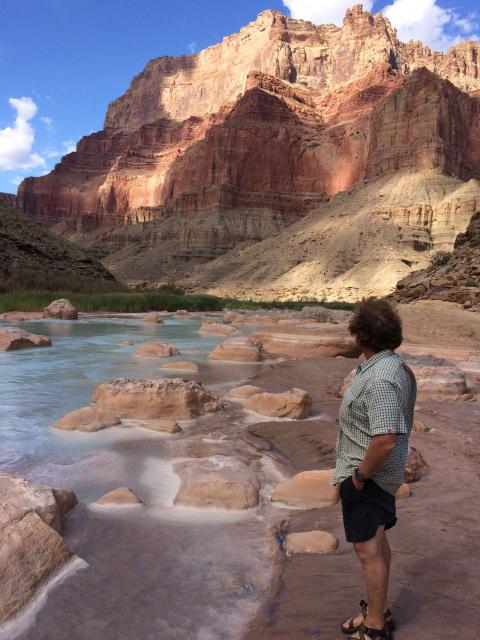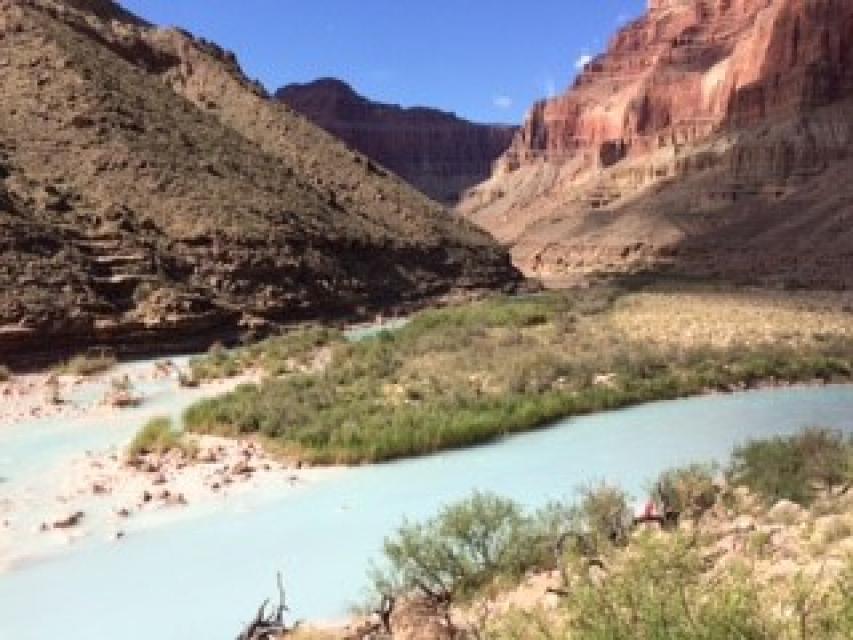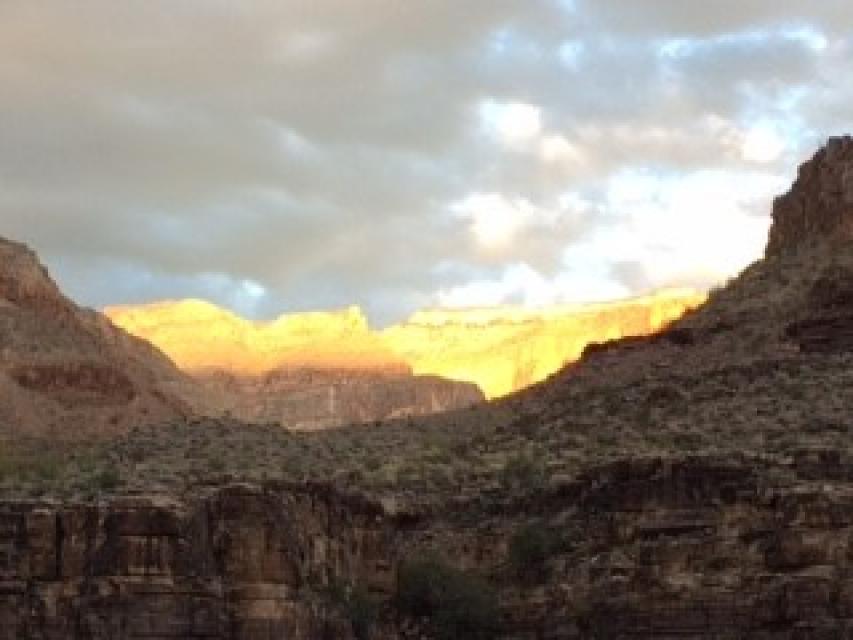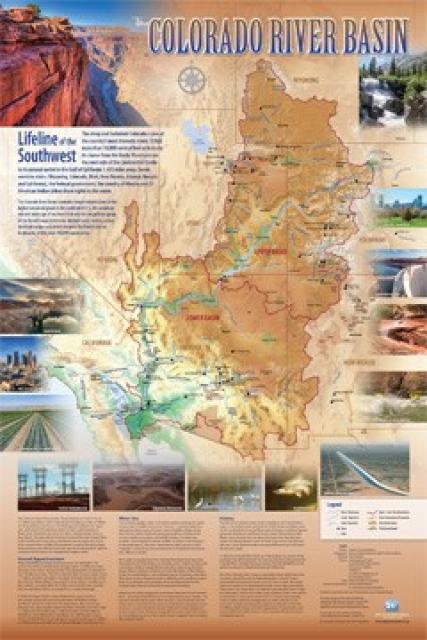A Colorado River Raft Trip Offers a Firsthand Lesson in the Power of Nature
ON THE ROAD: Writer Gary Pitzer offers a sense of the Grand Canyon that was first explored by John Wesley Powell
 Most people see the Grand Canyon from the rim, thousands of feet above where the Colorado River winds through it for almost 300 miles.
Most people see the Grand Canyon from the rim, thousands of feet above where the Colorado River winds through it for almost 300 miles.
But to travel it afloat a raft is to experience the wondrous majesty of the canyon and the river itself while gaining perspective about geology, natural beauty and the passage of time.
Beginning at Lees Ferry, some 30,000 people each year launch downriver on commercial or private trips. Before leaving, they are dutifully briefed by a National Park Service ranger who explains to them about the unique environment that awaits them, how to keep it protected and, most importantly, how to protect themselves.
They also are told about the pair of ravens that will inevitably follow them through the canyon, seizing every opportunity to scrounge food.
The canyon is a harsh, unforgiving place and the potential pitfalls are many. There are stretches of thunderous, pitching rapids that test the stamina of the most seasoned boatman. It is through these rapids and their memorable monikers – Hermit, Sockdolager, Upset and Lava Falls – that the traveler is reminded of the historic 1869 journey John Wesley Powell undertook into what he called the “great unknown.”
The shadow of Powell’s trip is everywhere in the canyon, including the spot where three of his party departed the expedition, never to be heard from again. Looking up the canyon walls from river level is to receive a firsthand lesson in the power of nature as layers of rock – some 2 billion years old – are revealed as the depths of the canyon unfold.
“The wonders of the Grand Canyon cannot be adequately represented in symbols of speech, nor by speech itself. The resources of the graphic art are taxed beyond their powers in attempting to portray its features. Language and illustration combined must fail.” - John Wesley Powell
The side canyons and tributaries are a marvel as well, with hanging gardens, plummeting waterfalls and in the case of the Little Colorado River, a turquoise-colored flow that defies description. On one occasion, a powerful deluge of rain and wind quickly turned a side canyon into a raging torrent of floodwater, forcing hikers to make a hasty retreat.
Throughout the entire trip one is reminded how the once-wild Colorado River has been tamed, most notably by the daily fluctuations in its flow caused by releases from Glen Canyon Dam. Those who ran the river prior to the dam’s construction are part of a select group that got to experience it in its unbridled glory.
Many of those who have run the Colorado River through the Grand Canyon have one thought upon completion of their trip: when to return. Their motivation is no doubt inspired by Powell, who wrote that “the wonders of the Grand Canyon cannot be adequately represented in symbols of speech, nor by speech itself. The resources of the graphic art are taxed beyond their powers in attempting to portray its features. Language and illustration combined must fail.”











